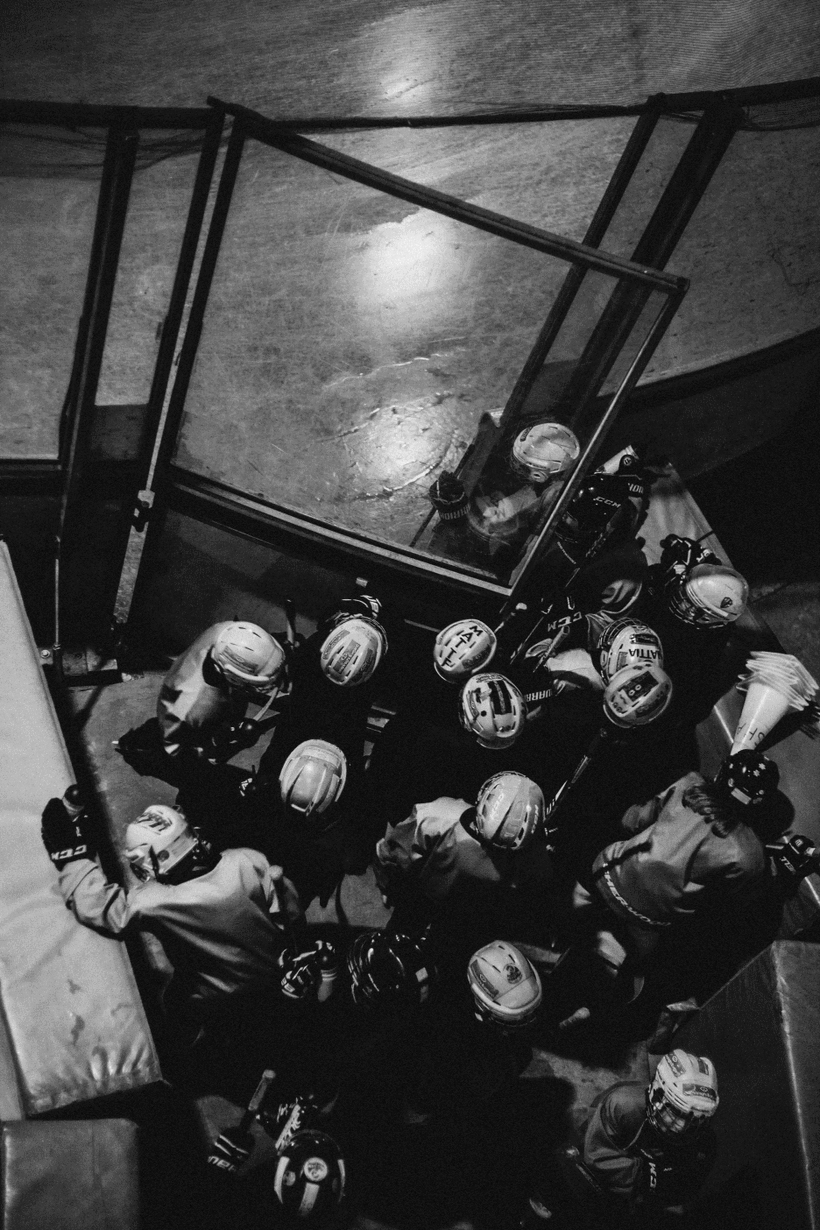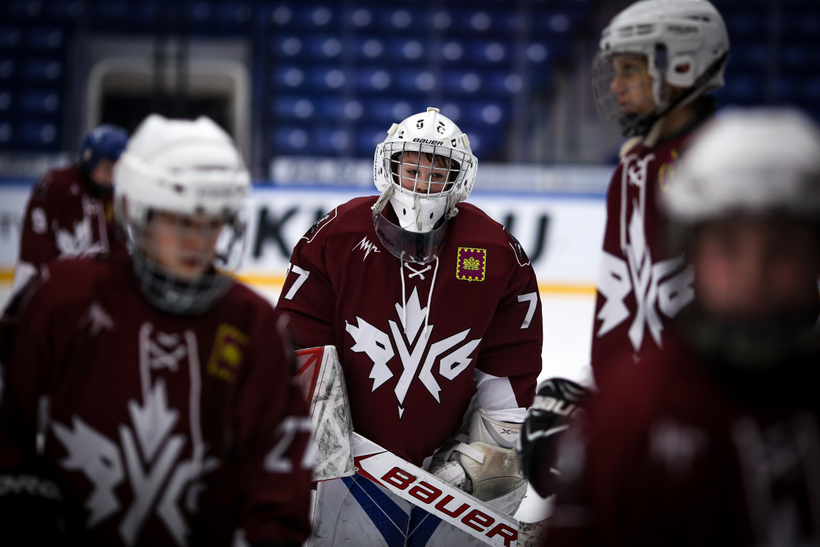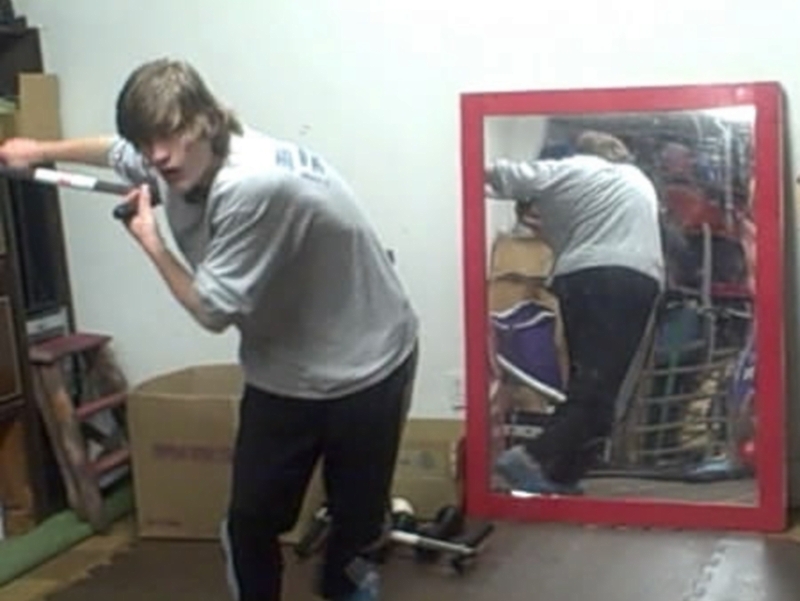Thoughts on Hockey Drill Selection
I’m not always willing to offer assistance randomly online. Why not? Well, on the one hand, I’m more than familiar with the old adage: “If you want to recognize the innovator, he’s the one with all the arrows in his back.”
If you get my drift with that one, it suggests that I might be better off sitting back and allowing someone else to struggle — as I had to years ago, or let them go through the process of trial and error (and maybe solve the problem in some unknown future decade).
Okay, so I had a weak moment not too long ago, partly because I thought the person who posted the problem was sincere in doing so. So, with that, let me give this a try…

The coach who posted the question in an online hockey group was a young lady, and she began with, “How do you know when a drill is a total failure?” Hmmmmmm…
Let’s get this out of the way right now. For, if she (or you or I) sense that a given drill might be “a total failure”, we’re likely right.
She then followed that by wondering, “Do you ever ditch a drill after one attempt, or (do you) stay the course and modify as needed?” Again, I’d give that another hmmmmmmm, and a presumption that the young lady was as sincere in her questions as could be.
With that, I promised I’d try to address her problem/s — in a bit of detail — as soon as I could. If you can appreciate it, what she went through that night at her practice had no clear cut answer.

As a matter of fact, there were times over my 45+ years in coaching when I took her first option — as in ditching a drill right there on the spot. You should know, however, that there could be two different reasons why I’d take that route…
Now, I wrote one manual entitled “500 Drills”, so you know I know my way around that topic. Still, I’m as apt to pick the wrong drill on a given night as anyone else. My mistake — and likely the young coach’s mistake — was in starting at the wrong progression. In other words, if there were eight different steps in the skill she wanted to attack, it’s quite possible she started with Step 4 rather than Step 1, 2 or 3. Anyway, when I discovered my error in this department, I immediately switched to the easier progression.
Next, I’m chuckling to myself as I think back to the once per winter practice when I almost immediately sensed that my players were out to lunch. I mean, younger kids could arrive at the rink all wired because Halloween or Christmas was first on their minds, or their skates couldn’t stay on the ice because they were loaded with Halloween candy. In either case — and this is the honest to God truth: I’d look at my assistants, hold the lesson plan up in the air, and I’d tear it to shreds! And it was almost always worth it, too. I mean, I’d ad lib a number of drills and crazy games, the kids would still get a pretty good workout, and they’d leave the rink laughing every time.
In either case, I can’t ever recall “staying the course”, unless it was to get the drill out of our way in the blink of an eye, and consider myself lucky that we all lived.

She continued with, “I struggled getting my 10u kids organized tonight for a pretty simple 2 on 1 drill. It was new for them, but we could hardly get them to form lines.
Okay, she wasn’t asking in that statement, but I’m going to put my two cents worth in, anyway…
Really, I hate lines, and I avoid them whenever I can. And, the younger the kids are, the more dangerous I see asking them to stand in orderly fashion for any longer that seconds.
I know running matchups (like 2 on 1’s) almost require bringing our players from lines. If we’re going to do it for young players, though, I’d definitely limit the length of the drill.

The coach then ended with a bit of musing, saying… ” It got me thinking that maybe we are doing too many ‘games’ where we don’t require any sort of organization.”
Yup. Good idea, young lady.
Better yet, she offered, “Tonight has me questioning what the balance should be.
Oh boy, did she give me something more to offer as an ending… You see, after my long ago studies in the old Soviet Union, I began relying more and more on off-ice practice. For sure, much of that initially included lots of physical training, or what we’ve all came to know as “dryland”. But I started taking it further and further.
What I’m getting at is the idea of rehearsing almost all of my team’s plays and drills in an atmosphere where we could slowly “walk through” them. With that, our young coach could have taught everything she wanted to do in that 2 on 1 drill so that her players would be more than familiar with what they were going to later do on the ice.

Understand that I’ve used this approach with Mites, but I also used a gym to teach our forechecks, powerplays, penalty killing and more to my high school and college teams.